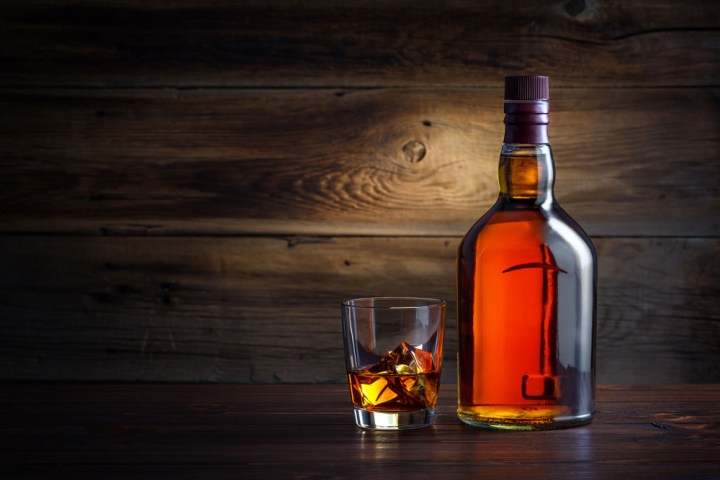
Called Koryo Liquor, North Korea’s divine invention is the product of a top-secret blend of ginseng and a helping of glutinous rice (instead of sugar). Apparently, researchers at the country’s Taedonggang Foodstuff Factory developed the recipe by combining the extract of six-year-old ginseng and “scorched rice.” The inclusion of both ginseng and rice, according to the Pyongyang Times, is what gives Koryo Liquor its hangover-free characteristic.
“Koryo Liquor, which is made of six-year-old Kaesong Koryo insam, known as being highest in medicinal effect, and the scorched rice, is highly appreciated by experts and lovers as it is suave and causes no hangovers,” writes Pyongyang Times writer Jong Hwa Son in the original report. “The scorched glutinous rice contains essential amino acids, inorganic substances and vitamins and helps quicken lipolysis.”

Supreme Leader Kim Jong-un points out that the concoction boasts an alcoholic content of “30 and 40 percent,” adding that the factory improved Koryo Liquor’s sweet and savory profile by reducing its bitterness. Moreover, the report points to the inclusion of the “delicious” boiled and scorched rice as the source of its diminished bitter flavoring. Because of the country’s decision to craft a delectable spirit, as well as the fact imbibers get to avoid a hangover after drinking, Koryo Liquor has been a (reportedly) bonafide triumph.
“The liquor has already been registered as a national scientific and technological hit,” explains Jong-un. “Last year it was ranked top at the fifth national liquor exhibition, came first in the food sector of the 30th national scientific and technological festival and was awarded the December 15 Medal of Quality which is given to the best products in the country.”
Granted, the honors were doled out by the country itself but given its enviable track record of world-beating successes, who wouldn’t crown this hangover-free hooch as the next big thing? Unfortunately, the rest of us must continue to endure bothersome hangovers as we eagerly await an opportunity to take a swig of Koryo Liquor.


